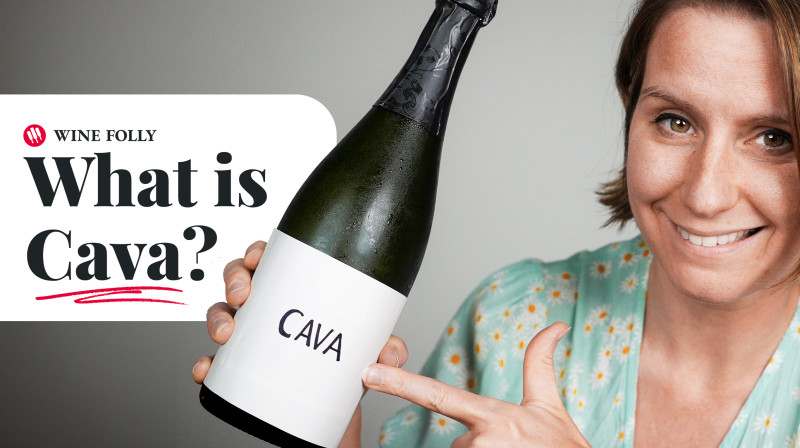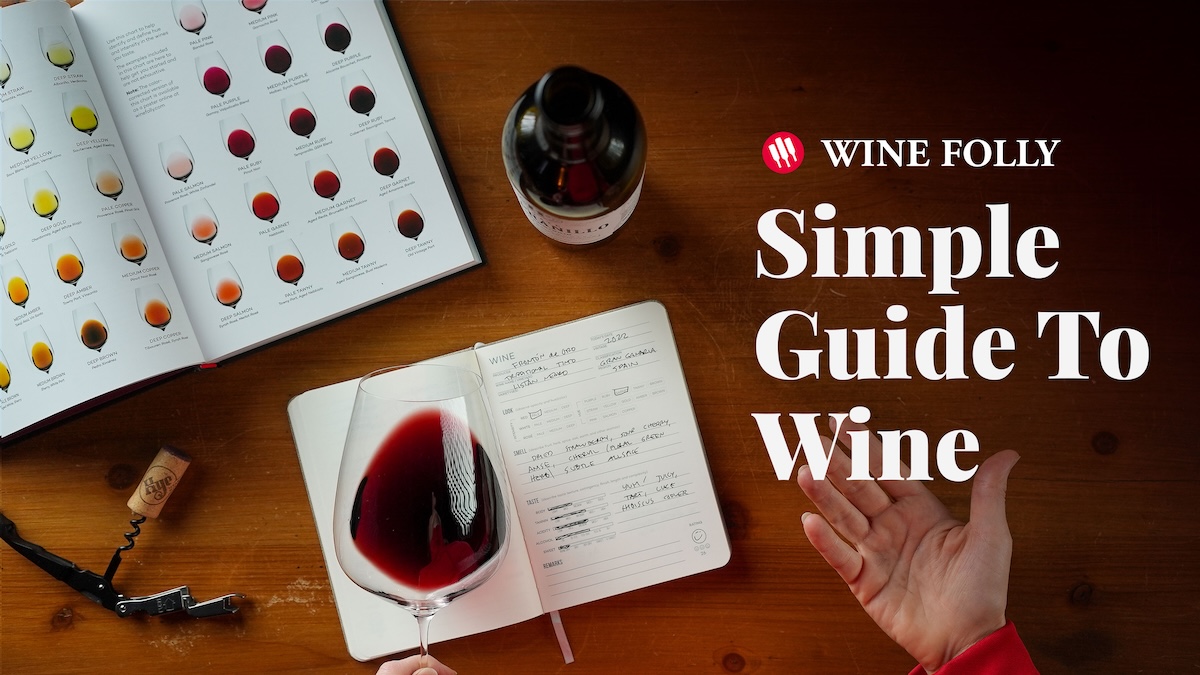Guide To Châteauneuf-du-Pape
Call it CdP for short! If there is French wine everyone deserves to taste, it’s probably Châteauneuf-du-Pape. It’s the perfect gateway to French wine.
What's In This Video?
This is the kind of wine that makes an impression: rich, heady, and perfumed with earthy undertones and bold fruit flavors that only get more complex as they age. It’s the crown jewel of the Southern Rhône. Yet, surprisingly, its prices haven’t skyrocketed like some other iconic wines, making it relatively accessible for those eager to dive into the world of classic French reds.
Where Châteauneuf-du-Pape Comes From
Châteauneuf-du-Pape is in the sun-soaked Southern Rhône Valley, near the Mediterranean, receiving nearly as much sunshine as Los Angeles. The landscape is breathtakingly historic, with roots tracing back to 1309 when the Pope moved his seat to Avignon. “Châteauneuf-du-Pape” translates to “The Pope’s New Castle,” and the region’s ancient history is woven into every bottle. As you explore the labels, you may even spot symbols like the Comtat Venaissin flag, reflecting the area’s storied past.
The Grapes
One of the fascinating aspects of Châteauneuf-du-Pape is its diversity of grape varieties. Unlike the Northern Rhône, where Syrah dominates, Châteauneuf-du-Pape wines can contain up to 13 official varieties (though wine geeks may note that it’s technically 20 if you count the color variants). The star grape here is Grenache, making up over 70% of the plantings. Many winemakers blend Grenache with Syrah and Mourvèdre, but some, like the highly sought-after Château Rayas, are known for their 100% Grenache expressions. This flexibility in blending creates wines that range from powerful and structured to lighter and more nuanced.
Adding to its prestige, Châteauneuf-du-Pape is France’s first appellation, established in 1923 by Baron Le Roy, a visionary winemaker who helped protect the region’s identity from imitation. His work laid the foundation for the French appellation system, ensuring that only wines from this unique terroir could bear the Châteauneuf-du-Pape name.
How Châteauneuf-du-Pape Tastes
Tasting a Châteauneuf-du-Pape is a sensory experience. Expect rich raspberry and plummy fruit flavors. As it evolves, you’ll taste notes of leather, game, and herbs along with oak, and a structure that speaks of the region’s clay and limestone soils, which add tannic depth and acidity. Keep an eye out for old-vine bottles, which produce concentrated flavors and often note “Vieilles Vignes” on the label.
For more, read our Châteauneuf-du-Pape deep dive, which includes more on the region's terroir, bottles to try, and versions made with white grapes.
Credits & Shoutouts:
No wineries paid for placement in this video. If they did, then we’d be sure to let you know. Praise to our sponsors and members who support fun and accessible wine education.
Wines Mentioned

Domaine de la Charbonnière
2020 AOP Chateauneuf du Pape Cuvée Vieilles Vignes
Châteauneuf-du-Pape | France
It is a tribute cuvée on our most beautiful old vines in AOP Châteauneuf du Pape.
It's full-bodied, rich and expansive, framed by silky tannins that ease into a long, elegant finish.

kunin wines
2019 Pape Star Rouge
Santa Ynez Valley | California
Our versatile take on France’s Châteauneuf-du-Pape is made with Grenache, Mourvèdre, Couinoise and Carignane.
A medium-bodied weight, elegant texture and versatility.
Related Videos

Spain’s One Region Devoted Entirely to Sparkling Wine

Prosecco DOC: The Place Behind the Bubbles

How to Start Drinking Better Wine with Confidence
Join Our Newsletter
Jumpstart your wine education and subscribe to the Wine Folly newsletter right now. Always awesome. Always free.
sign up free
